A few of the more charismatic microfauna I found this summer posed for portraits.

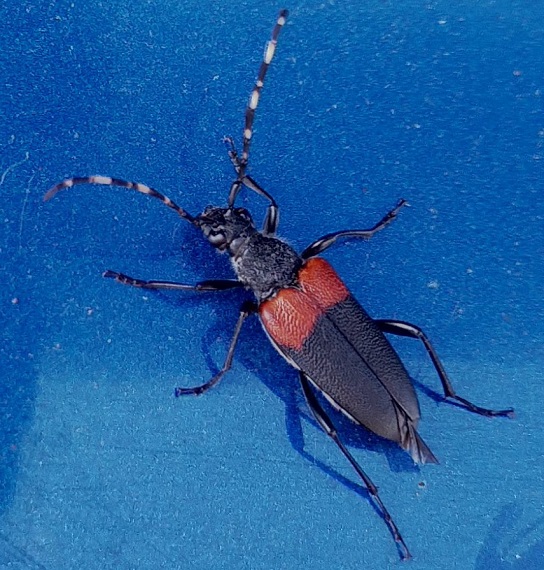
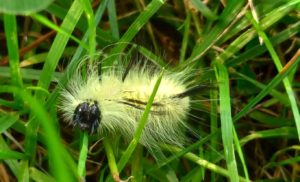



A few of the more charismatic microfauna I found this summer posed for portraits.






Turn off Highway 2 at the Home Hardware, down Old Enfield Road, cross the big highway, and eventually you’ll find the little gravel parking lot that marks the start of the Nine Mile River Trails. This forested park is the closest wilderness style park to Enfield, Nova Scotia. Since moving to the province earlier this year, I’ve visited the trails several times. I find some things new and some things the same each time, as the park changes with the seasons.

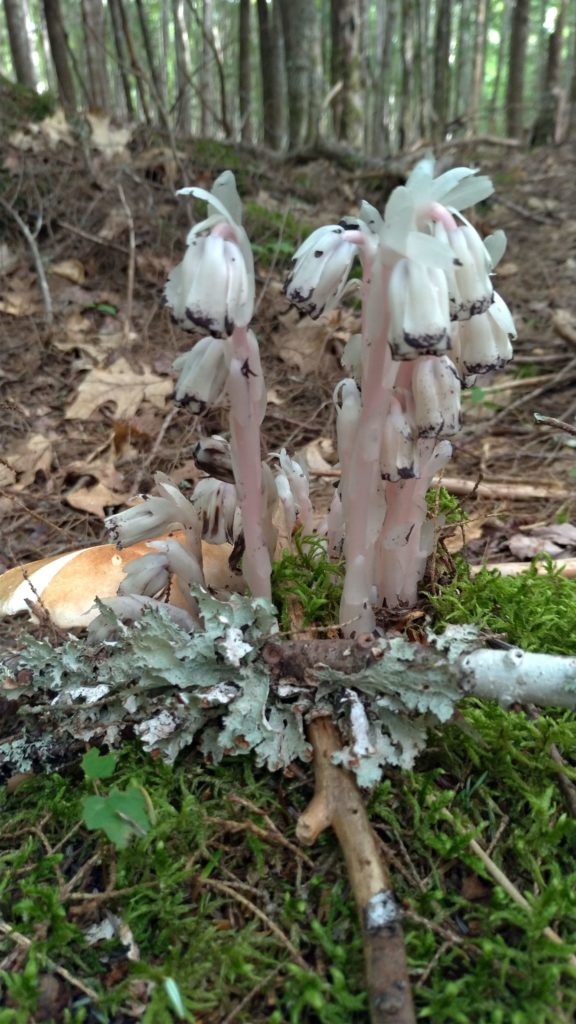
Strangely to this westcoaster, summer is mushroom fruiting season in Atlantic Canada. Nine Mile River Trails host an abundance of mushrooms as there are several forest types, from boggy to hardwood dominated to hemlock and pine.
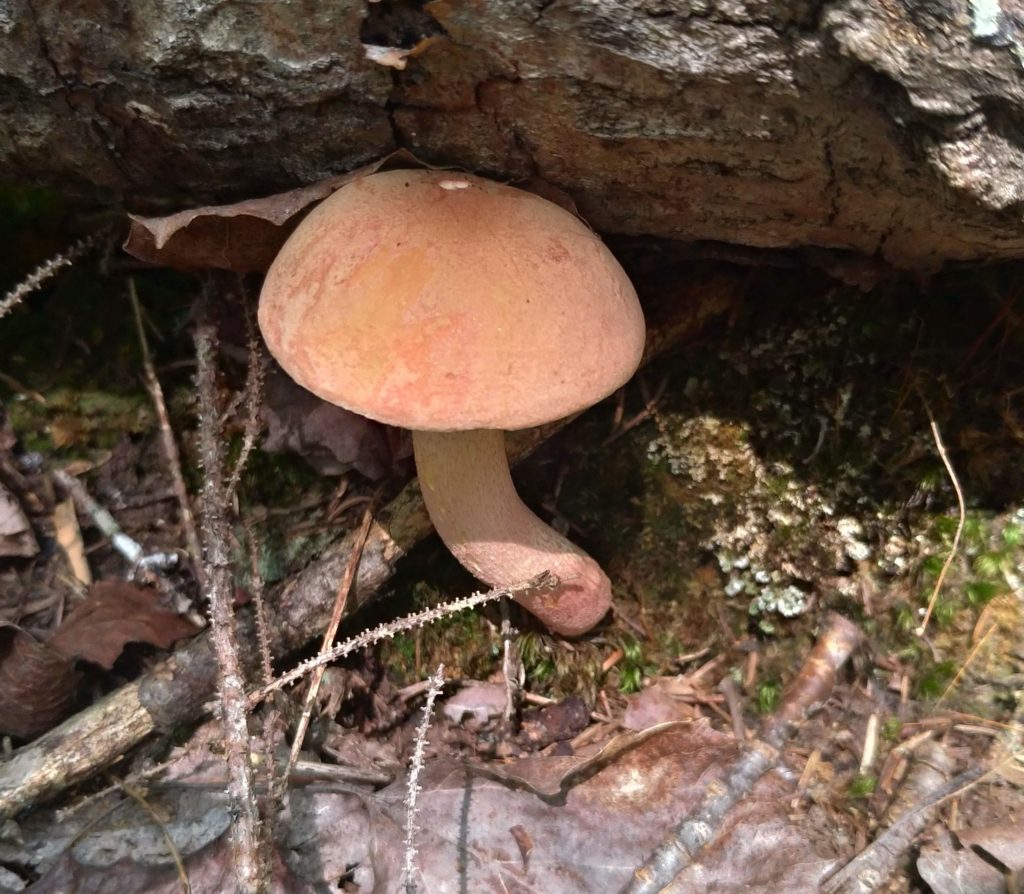
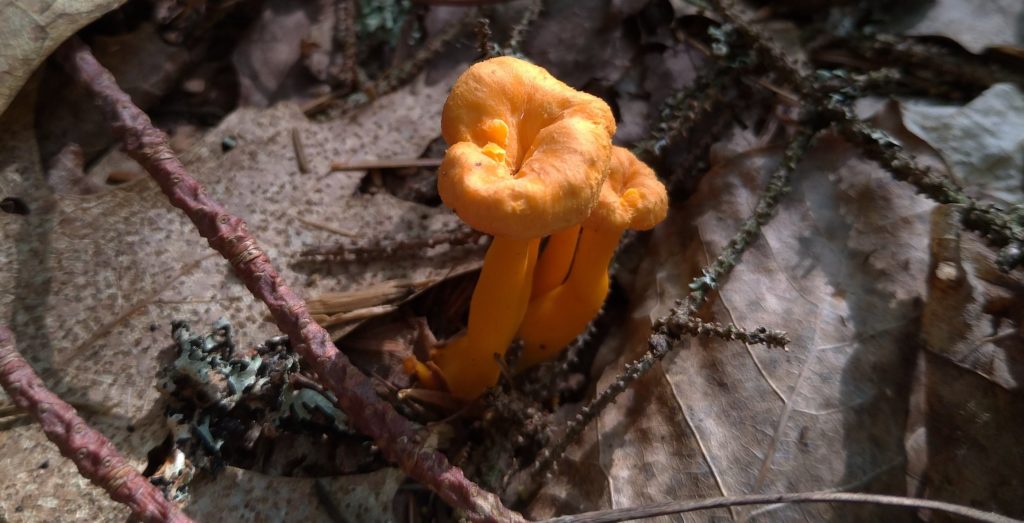
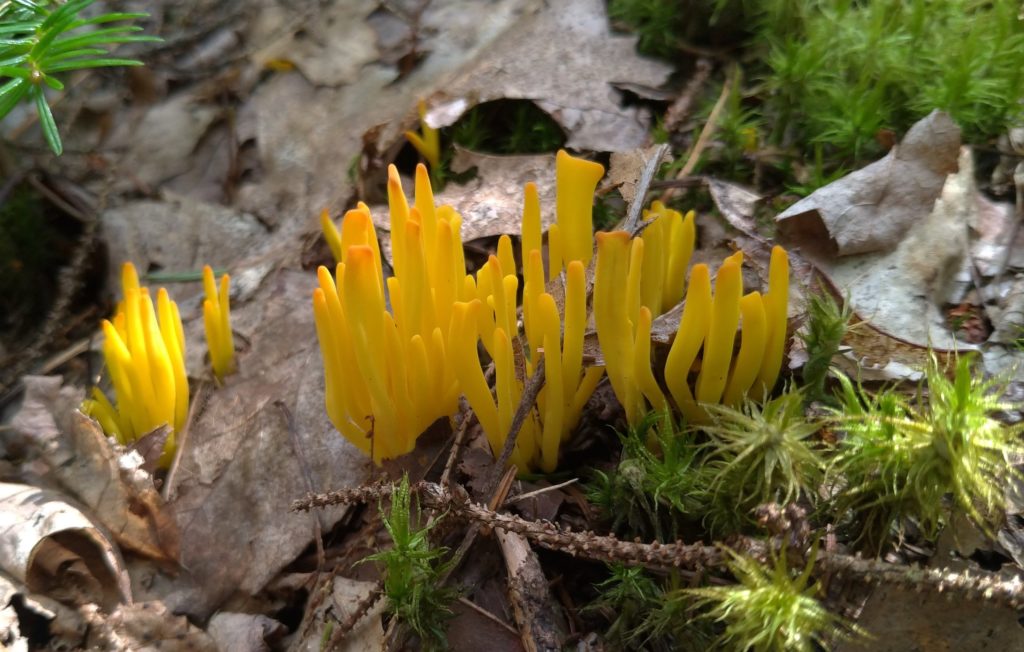
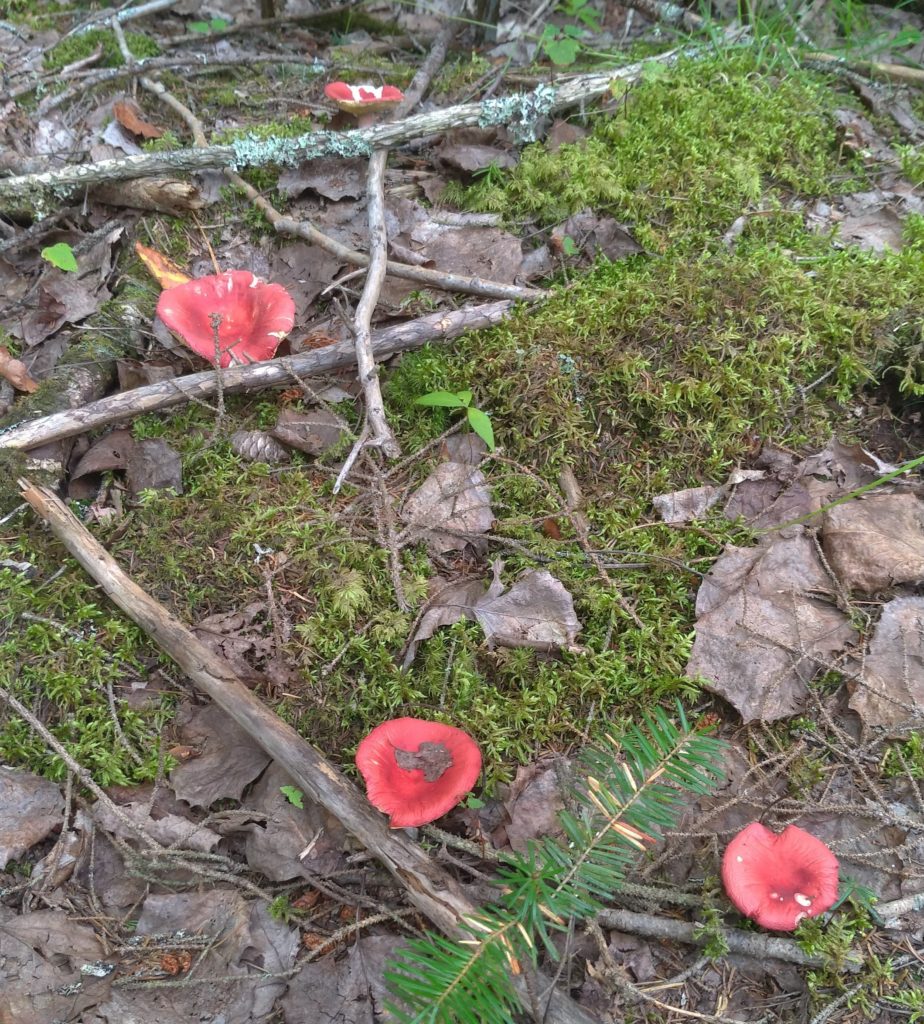
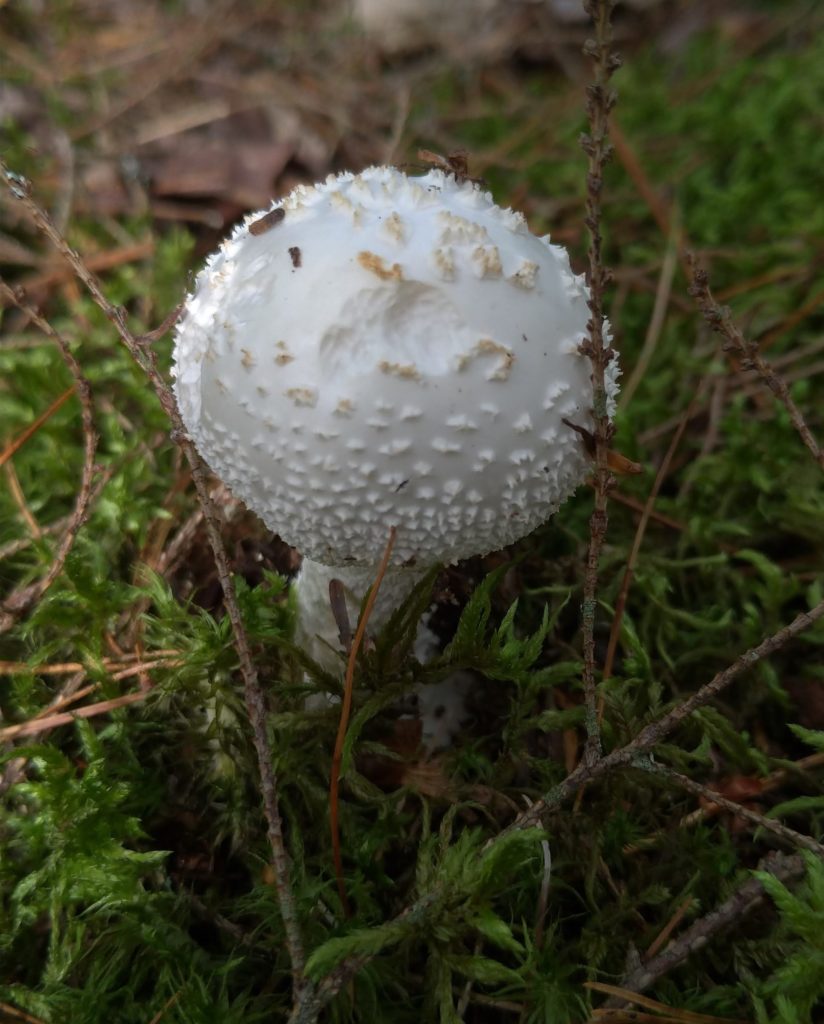
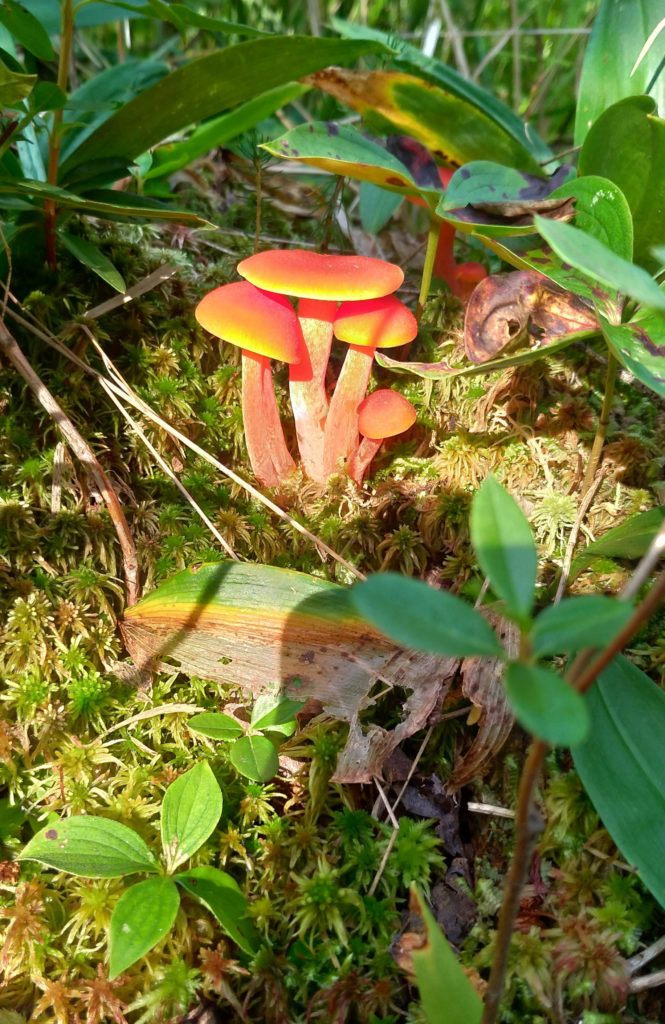
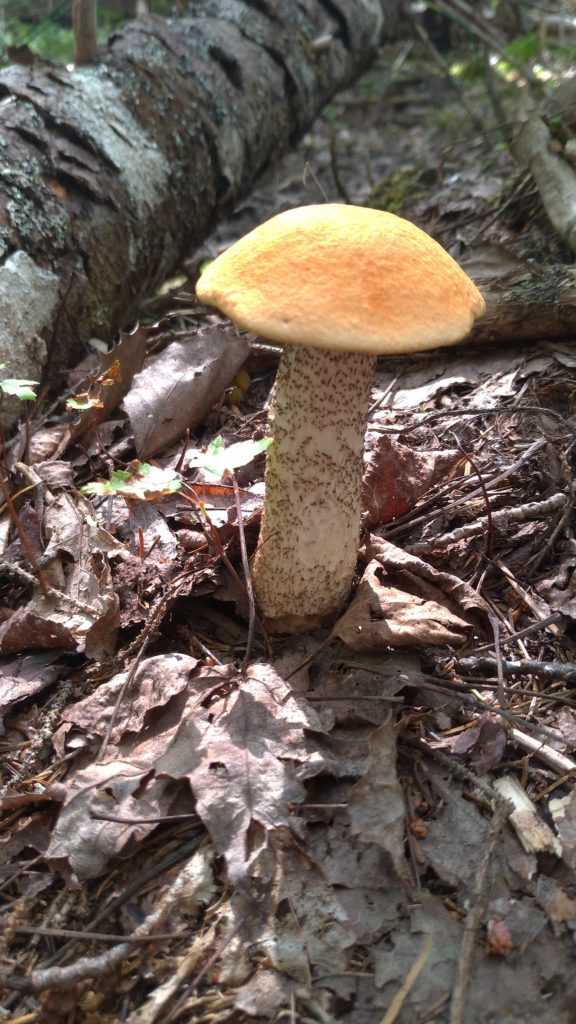

Until next time, happy trails!
Food. You have to eat so it might as well be good. I enjoy baking and cooking from scratch – the pantry and freezer contain staples, not TV dinners. From time to time, I experiment with a new dish, or add my own twist to a recipe I’ve found. I thought I’d share some favourites with my readers.
Let’s get started with Gritless Cornbread!
Grit in food. While perhaps not unexpected at the bottom of a bowl of fresh clam chowder, tiny hard bits in your dinner aren’t the nicest sensation. Here’s how I make a smooth variation on traditional cornbread. By using vegetable oil, it’s quick to mix by hand with no need to soften butter or get out the stand mixer to cream.
First set your oven to 375F.
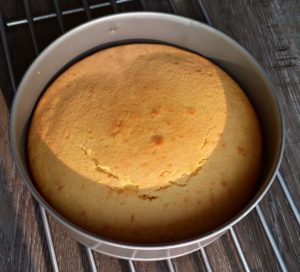
Next, get out two mixing bowls.
You need the following ingredients:
3/4 cup white sugar
1/2 cup mild vegetable oil e.g. canola
2 farm eggs (if not possible, try for free range or at least omega-enriched; the bright yolks will enhance the colour of your cornbread)
1 cup white (all-purpose) flour
1 1/2 cups corn flour (yellow corn flour, not masa)
3 teaspoons baking powder
1/4 teaspoon salt
1 cup milk
Add the sugar and oil to one bowl and stir. Add the eggs and beat. Beat some more. You want them a little fluffy so your cornbread is light and airy.
Take a break from mixing and grease a 9×9 cake pan, or a round springform pan. Alternatively, line the pan with parchment paper.
Mix the dry ingredients in the other bowl. Check that you did so well by ensuring your mix is consistently light yellow, not striped white and gold.
Add 1/3 of the dry to your wet ingredients and mix. Then add 1/3 of the milk, mix again. Repeat until all is incorporated together.
Pour/scrape the batter into your baking pan. Put it in the oven and set your timer for 25 minutes.
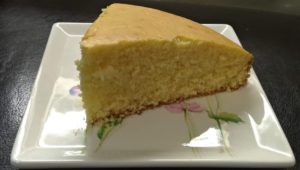
Check the cornbread – is it nice and golden on top? Toothpick or bamboo skewer come out clean? Sometimes, like The Jaunt, this cornbread takes “longer than you think.” If that’s the case, check again in three more minutes.
Serve warm slices with unsalted butter.
Ah, that takes me back. Hello world, the archetypical “first output” of the beginning programmer. And with that, a new venture begins, the Geek of Nature blog! Here you’ll find musings on nature and biology, a recipe or two, and photo essays documenting outdoor wanderings. In itself, this is a new adventure and challenge for me as I’ve never blogged before. Onwards to new things!
